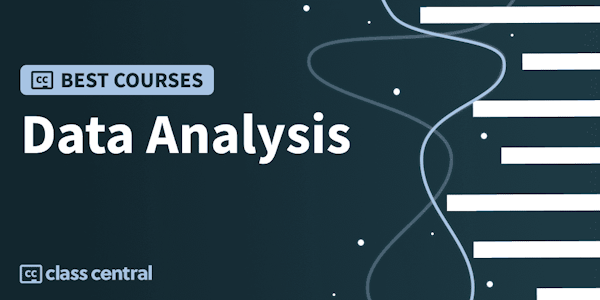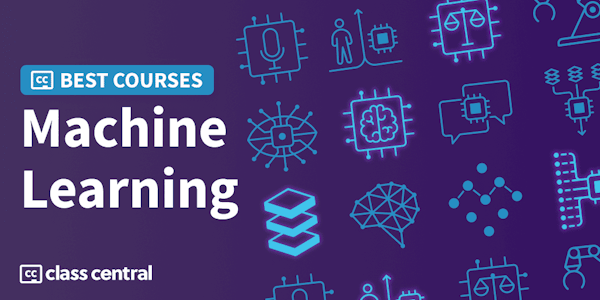Description: This course delves into the world of data analysis with Python. You'll learn how to use libraries like pandas and Matplotlib to manipulate, analyze, and visualize data, extracting valuable insights and communicating findings effectively.
Benefits: Become proficient in data analysis techniques, enabling you to extract meaningful insights from data and present them in compelling visualizations.
By the end of this course, you'll be able to:
• Perform data cleaning, transformation, and manipulation using pandas.
• Create various types of visualizations using Matplotlib.
• Understand the fundamentals of generative AI and its applications in data analysis.
• Implement basic machine learning models for data analysis.
Tools/Software: Python, Jupyter Notebook, pandas, Matplotlib, Scikit-learn
This course is for entry-Level professionals looking to build a foundational understanding and experience with Python, while seeking employment as a Python developer. No prior work experience or degree is required.
Overview
Syllabus
- Introduction to data analysis
- This module provides a foundational understanding of data analysis and its role in various industries. Learners will explore the data analysis process, key concepts, and ethical considerations. They will also be introduced to essential Python libraries and tools like Jupyter Notebook, equipping them with the necessary skills to begin their data analysis journey. By the end of this module, learners will be able to define data analysis, differentiate it from data science, explain the data analysis process, identify key data analysis concepts, and set up their data analysis toolkit.
- Data processing and manipulation
- This module focuses on equipping learners with practical data processing and manipulation skills. Learners will be introduced to pandas, a powerful Python library, as a core tool for data manipulation. Learners will become proficient in using pandas dataFrames, mastering essential operations such as indexing, slicing, and filtering data. They will gain a thorough understanding of various indexing techniques (loc, iloc, boolean indexing) and their appropriate applications. The module emphasizes the importance of data cleaning for accurate analysis and guides learners through various techniques to identify and handle missing values and outliers. It also covers different data types in Python, enabling learners to make informed choices for their analysis. Learners will practice loading, inspecting, and transforming datasets using pandas functions, applying these skills to real-world scenarios. By the end of this module, learners will confidently leverage pandas to clean, transform, and prepare data for subsequent analysis and visualization, ensuring data integrity and reliability in their data analysis projects.
- Data visualization
- Module 3 focuses on the essential skill of data visualization. Learners examine a variety of visualization types, such as line charts, bar charts, and scatter plots, learning how to choose the most effective ones for different data and analysis goals. The module provides a comparison of popular visualization libraries, including Matplotlib, Seaborn, Plotly, and Bokeh, highlighting the unique strengths of each to help learners select the right tool. Learners gain practical experience creating visualizations with Matplotlib and Seaborn, mastering the basics of plot customization for clear and informative communication. The module also introduces advanced techniques with Plotly and Bokeh, enabling learners to design interactive and highly customized visualizations. It emphasizes the importance of communicating data insights effectively, teaching learners how to construct narratives with data. Learners are introduced to best practices for data visualization design, ensuring their visuals are clear, informative, and engaging. By the end of this module, learners will be able to transform data into impactful visuals that support effective communication and informed decision-making.
- Introduction to generative AI
- This module provides learners with a foundational understanding of generative AI, its applications, and ethical implications, along with practical techniques for leveraging it in data analysis and visualization. Learners will explore the core concepts of generative AI, including transformer models, large language models (LLMs), and natural language processing (NLP). They will delve into the distinctions between generative AI and other AI types, examining real-world applications across various sectors. The module also emphasizes the ethical considerations surrounding generative AI, covering topics such as ownership, authenticity, and responsible use of AI-generated content. Additionally, learners will gain hands-on experience with techniques for generating synthetic data using generative adversarial networks (GANs) and other models, and explore data augmentation methods for enhancing the size and diversity of datasets, ultimately improving the performance of machine learning models.
- Introduction to machine learning
- This module provides a foundational understanding of machine learning, its applications, and how to build basic models. Learners will explore core concepts like supervised and unsupervised learning, delve into model evaluation techniques using metrics like precision, recall, and F1-score, and gain hands-on experience building linear and logistic regression models with Scikit-learn. Additionally, the module covers the use of synthetic data in machine learning, including ethical considerations and practical applications.
Taught by
Microsoft








